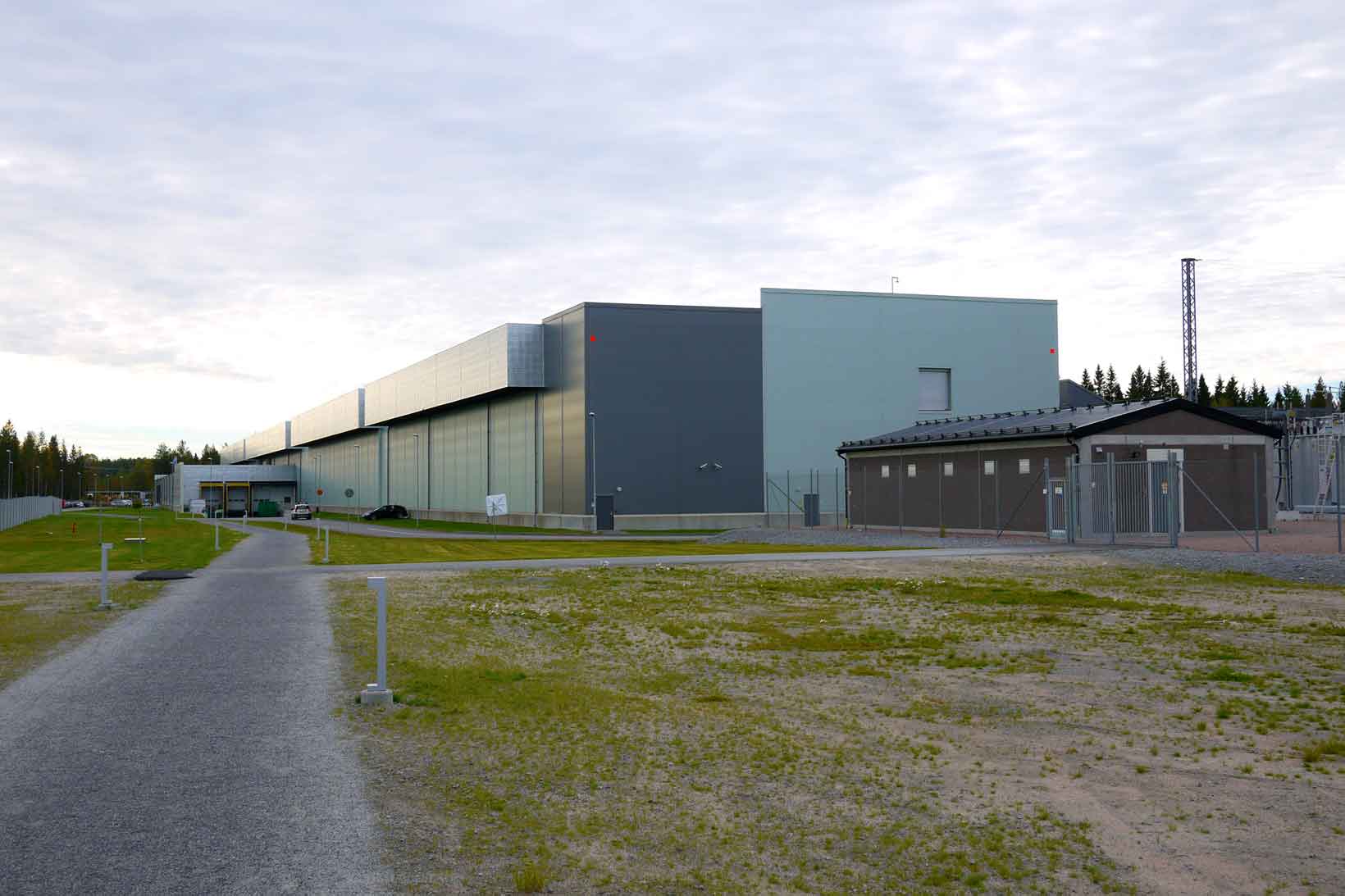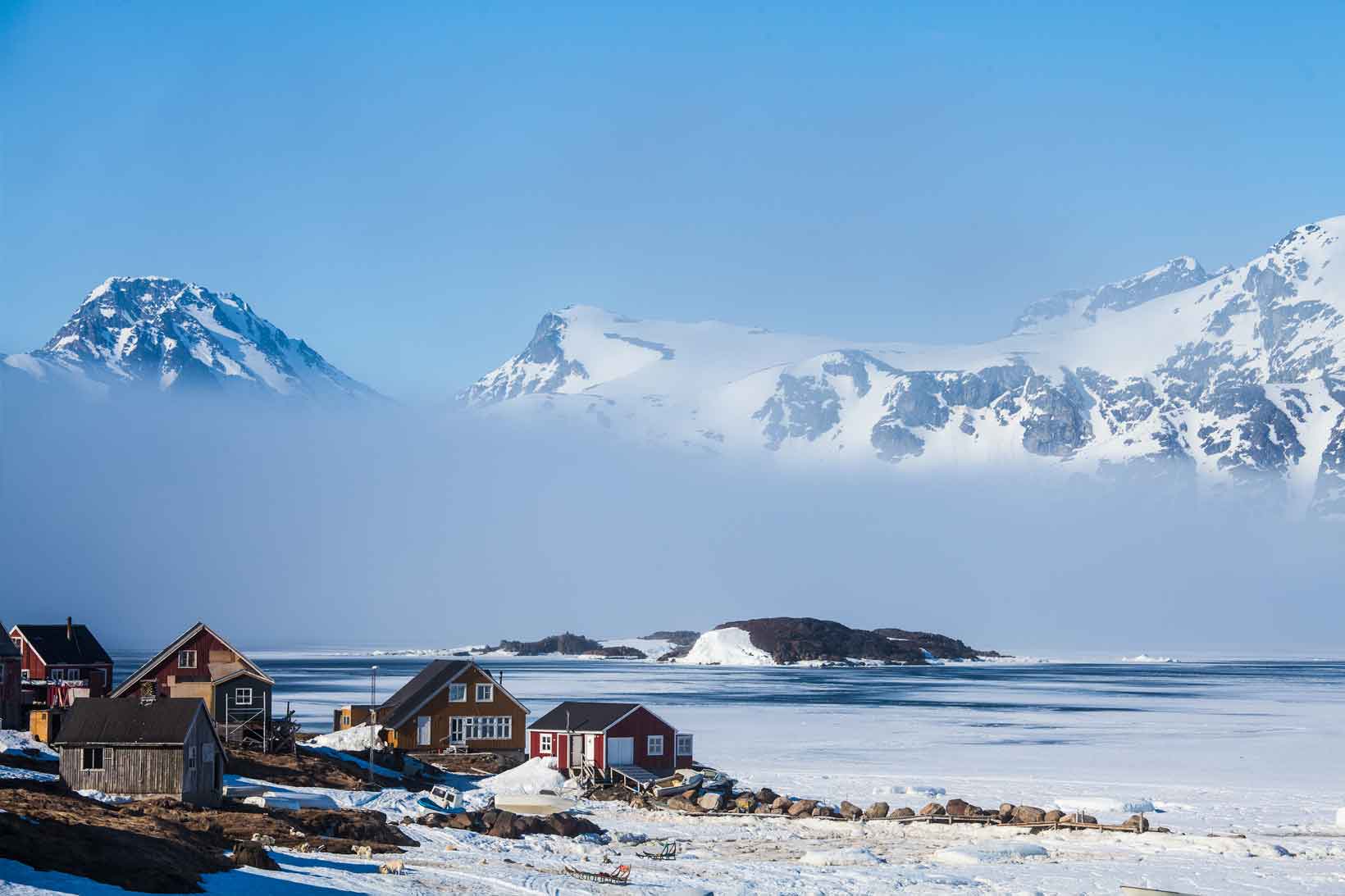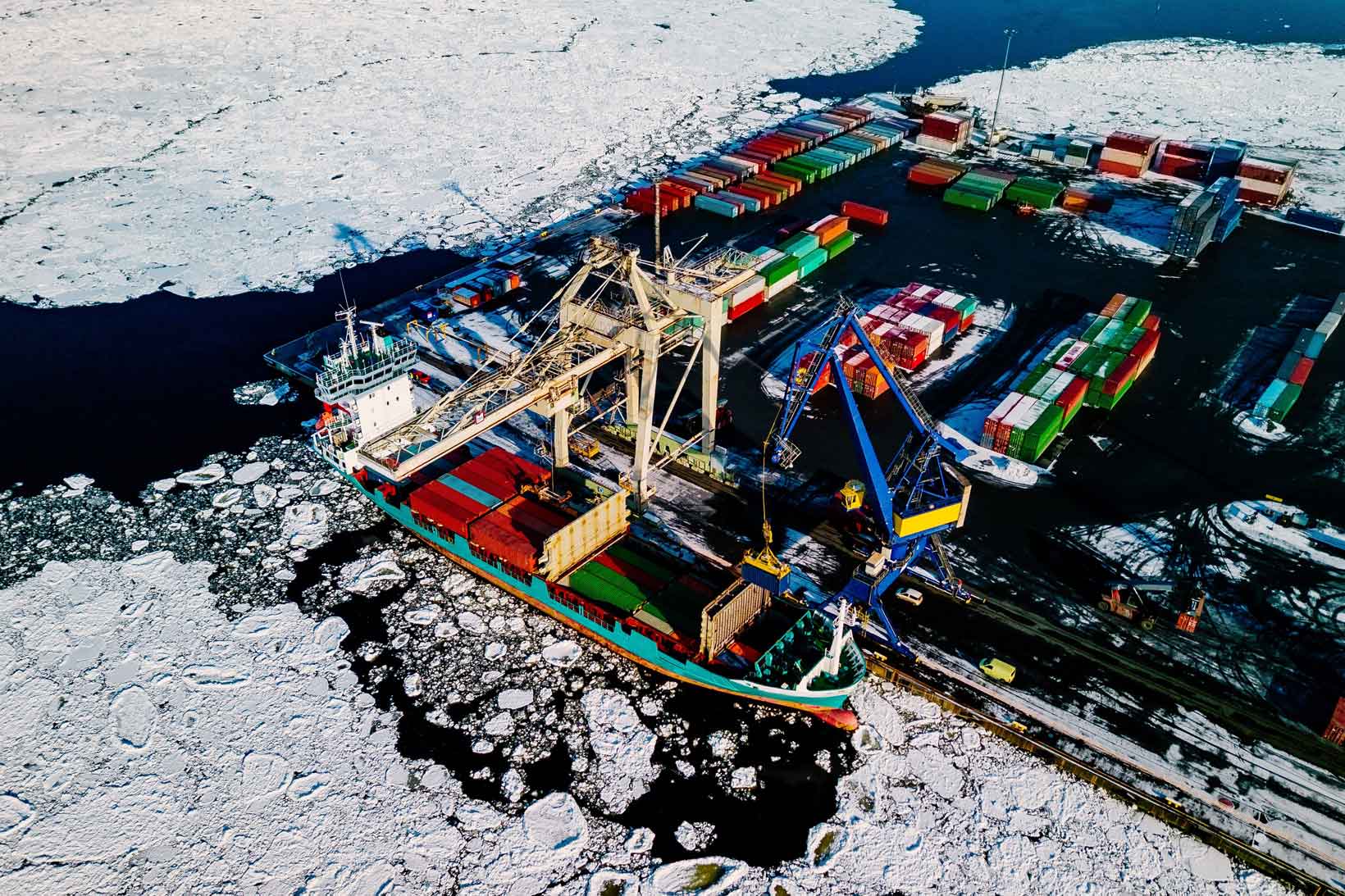In 2013, Facebook open a huge new datacentre near the town of Luleå in northern Sweden. A second followed in 2014, and plans for a third were announced in May 2018.
The main attraction of this site for Facebook is the cold climate, where temperatures average -20°C in winter. The racks of computer equipment that host and transfer 350 million photos, 4.5 billion likes and 10 billion messages each day generate a lot of heat, and have to be cooled down. This usually requires large amounts of energy, but in Luleå, the freezing air is pumped into the buildings. There is also access to cheap hydroelectric power here, and a university which supplies a skilled workforce.

The global nature of the internet, and the electronic transfer of data, means that this facility does not have to be in any particular location.
The centres handle data processing from Europe, the Middle East and Africa and also house an enormous data storage facility. So it’s likely that your Facebook account has been frozen!
- Read a Guardian article providing images and further information about Facebook’s datacentres in Luleå.
Other recent developments
The Global Seed Vault
The Global Seed Vault, located in the permafrost of Svalbard, 1300 km north of the Arctic Circle. The vault provides long term storage for over 1 million seed samples from across the world, including essential food crops such as wheat, rice and beans, with the aim of safeguarding future global food security.
The vault was started by conservationist Cary Fowler in association with the Consultative Group on International Agricultural Research and functions to preserve a wide variety of plant seeds in an underground cavern. The seeds are duplicate samples of seeds held in gene banks worldwide. The seed vault is an attempt to provide insurance against the loss of seeds in genebanks, as well as a refuge for seeds in the case of large-scale regional or global crises.
Inside the Vault
The Svalbard Global Seed Vault is an underground repository located at 78 degrees North latitude that currently stores nearly a million seed samples to preserve crop diversity for the future.
Increased tourism
Increased interest in the region for tourism due to improved access and the public popularity of Nordic culture and wildlife, the northern lights, and visits to Lapland. It is possible to take a day trip to Kulusuk in Greenland from Reykjavik in Iceland, to visit the home of the Ammassalik Inuit .
Shipping routes
The opening up of the Arctic shipping routes to the north of both Canada and Russia, enabling a growth in shipping. In January 2018 a Russian tanker became the first commercial ship to cross the Arctic’s northern sea route in winter. However, there are obstacles to navigation, for example the hazardous conditions, the reliability of the routes, and the length of time it takes to cross them.
Renewable energy
Recognition of the importance of renewable energy in the Arctic region. There is potential to harness wind, solar and hydropower to supply remote communities with a cheap, reliable and clean source of energy. Kodiak in Alaska generates almost 100% of its electricity from wind and hydropower, saving USD$22 million since 2009.



Explore
- Explore each of these developments using the links provided and your own research. What are the social, economic and environmental implications of each for the Arctic region – and globally? Remember that the impacts can be both positive and negative.